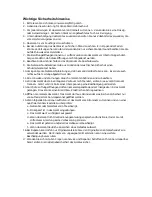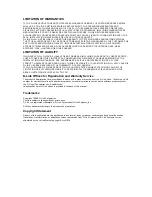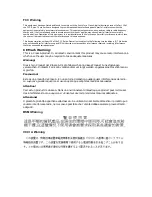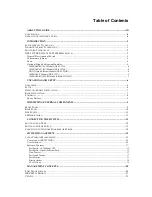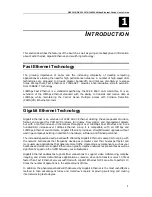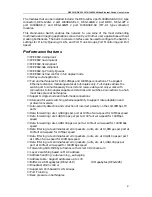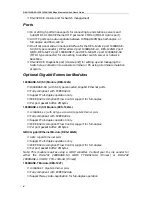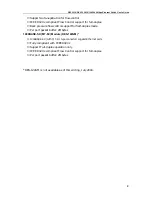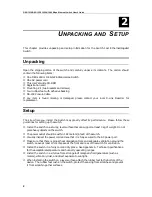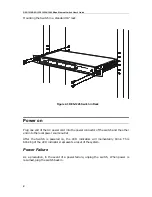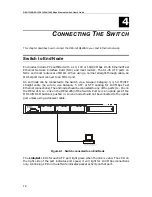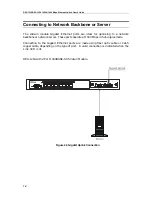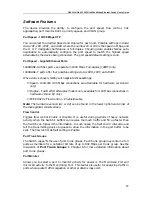
DES-1218/DES-1226 10/100/1000 Mbps Ethernet Switch User’s Guide
2
Switching Technology
Another key development pushing the limits of Ethernet technology is in the field of
switching technology. A switch bridges Ethernet packets at the MAC address level of
the Ethernet protocol transmitting among connected Ethernet or fast Ethernet LAN
segments.
Switching is a cost-effective way of increasing the total network capacity available to
users on a local area network. A switch increases capacity and decreases network
loading by making it possible for a local area network to be divided into different
segments
which don’t compete with each other for network transmission capacity, giving
a decreased load on each.
The switch acts as a high-speed selective bridge between the individual segments.
Traffic that needs to go from one segment to another (from one port to another) is
automatically forwarded by the switch, without interfering with any other segments
(ports). This allows the total network capacity to be multiplied, while still maintaining
the same network cabling and adapter cards.
For Fast Ethernet or Gigabit Ethernet networks, a switch is an effective way of
eliminating problems of chaining hubs beyond the “two-repeater limit.” A switch can be
used to split parts of the network into different collision domains, for example, making
it possible to expand your Fast Ethernet network beyond the 205 meter network
diameter limit for 100BASE-TX networks. Switches supporting both traditional 10Mbps
Ethernet and 100Mbps Fast Ethernet are also ideal for bridging between existing
10Mbps networks and new 100Mbps networks.
Switching LAN technology is a marked improvement over the previous generation of
network bridges, which were characterized by higher latencies. Routers have also been
used to segment local area networks, but the cost of a router and the setup and
maintenance required make routers relatively impractical. Today’s switches are an
ideal solution to most kinds of local area network congestion problems.
DES-1218/DES-1226 10/100/1000 Mbps Switch
General Description of Switch
The Switch is equipped with unshielded twisted-pair (UTP) cable ports providing
dedicated 10 or 100 Mbps bandwidth. The DES-1218 has 16 UTP ports, the DES-1226
has 24 UTP ports. Both models include one MDI-X/MDI-II convertible port (port 1x)
that can be used for uplinking to another switch. These ports can be used for connecting
PCs, servers, and hubs. The dual speed ports use standard twisted-pair cabling and are
ideal for segmenting networks into small, connected subnetworks. Each port can
support up to 200 Mbps of throughput in full-duplex mode.
In addition, the Switch can be fitted with an optional 2 port Gigabit Ethernet module to
uplink to a server or network backbone.


